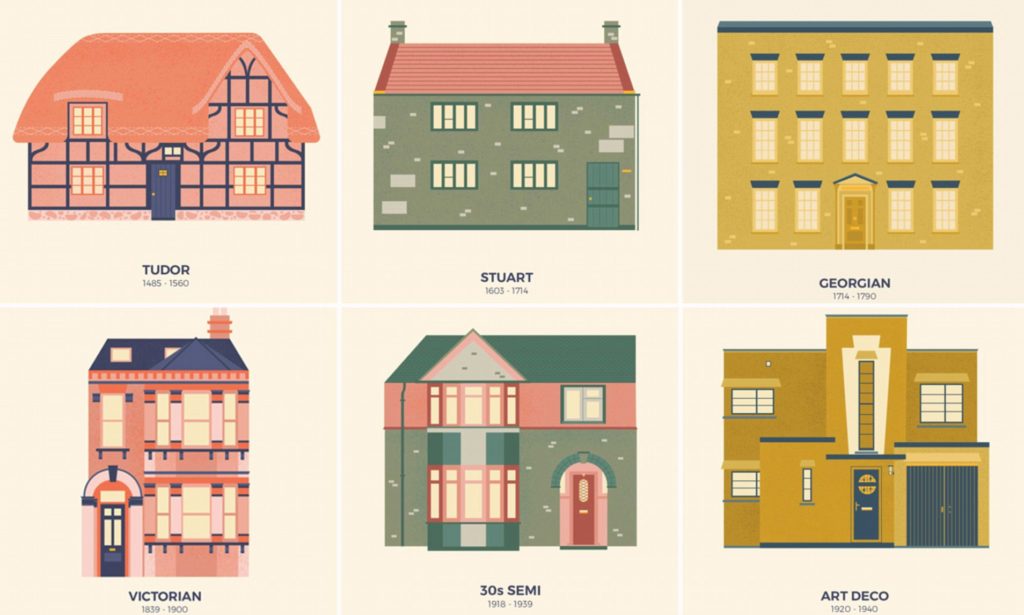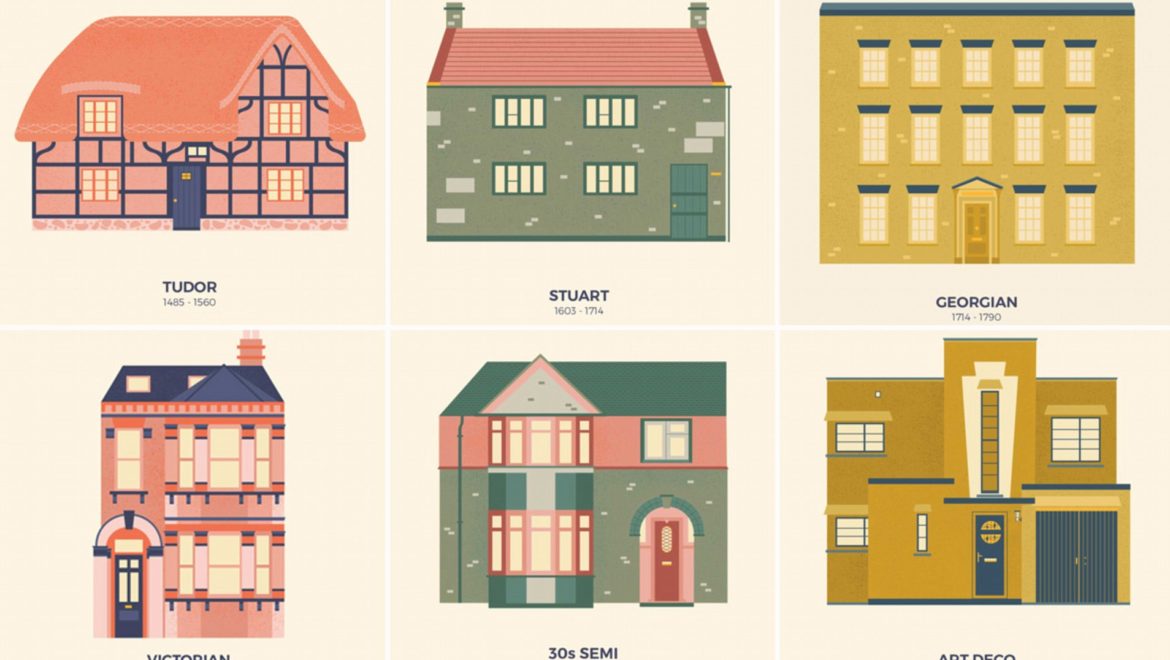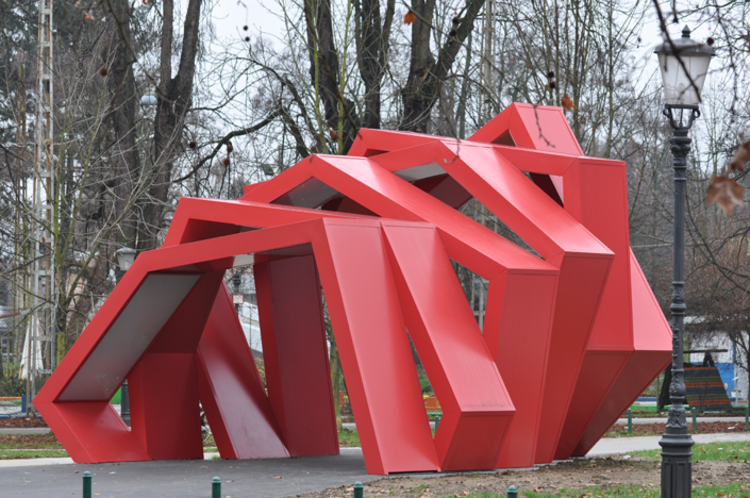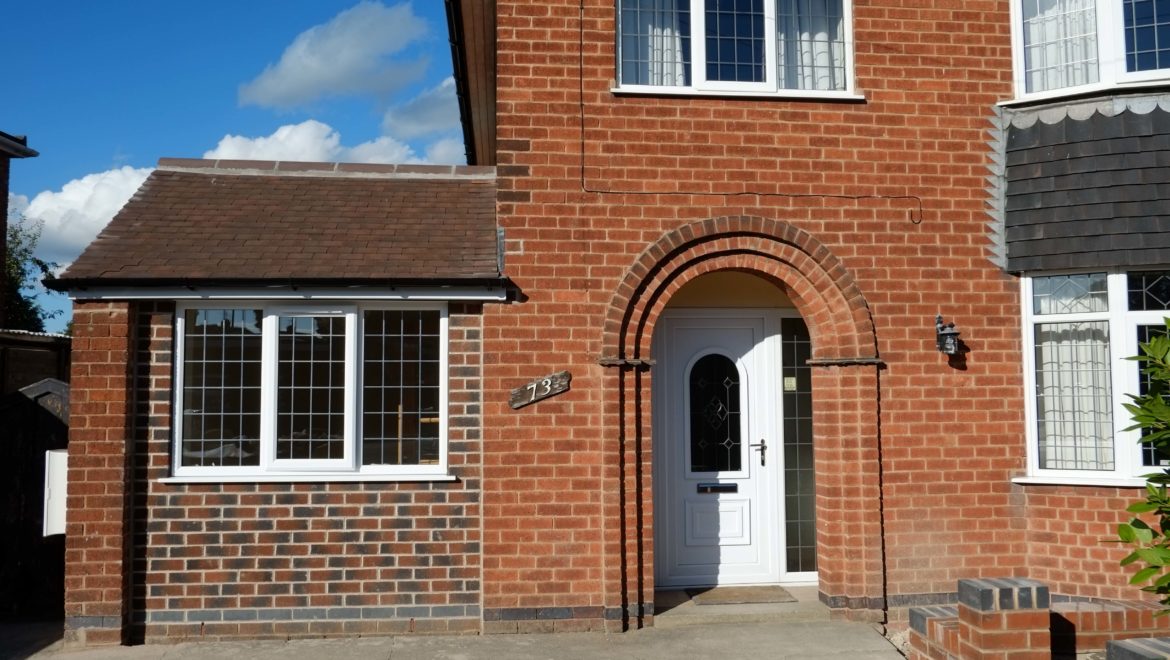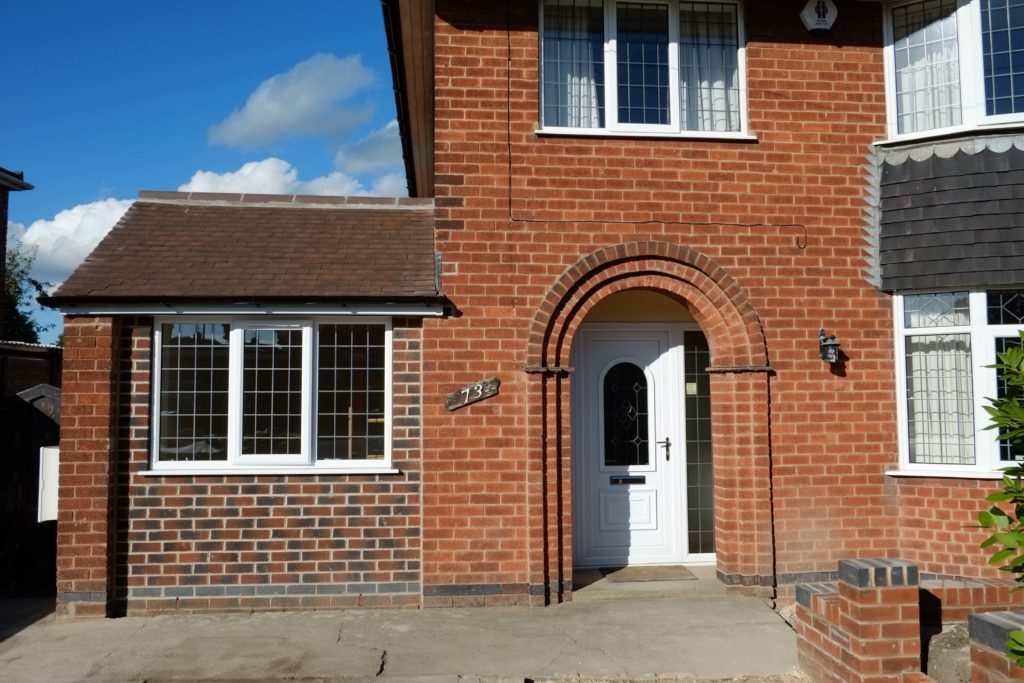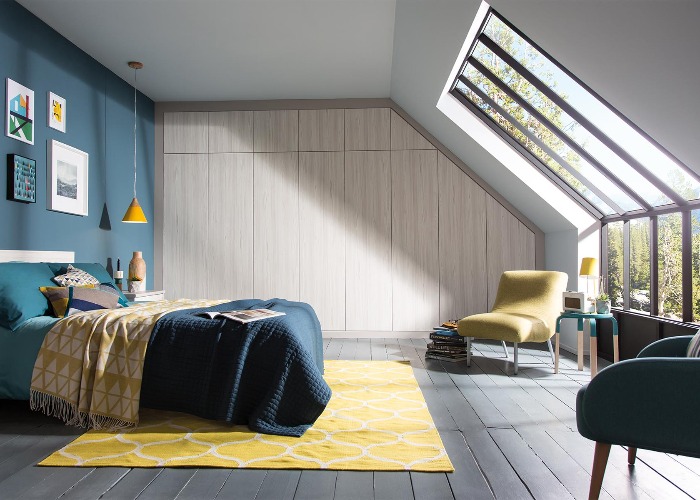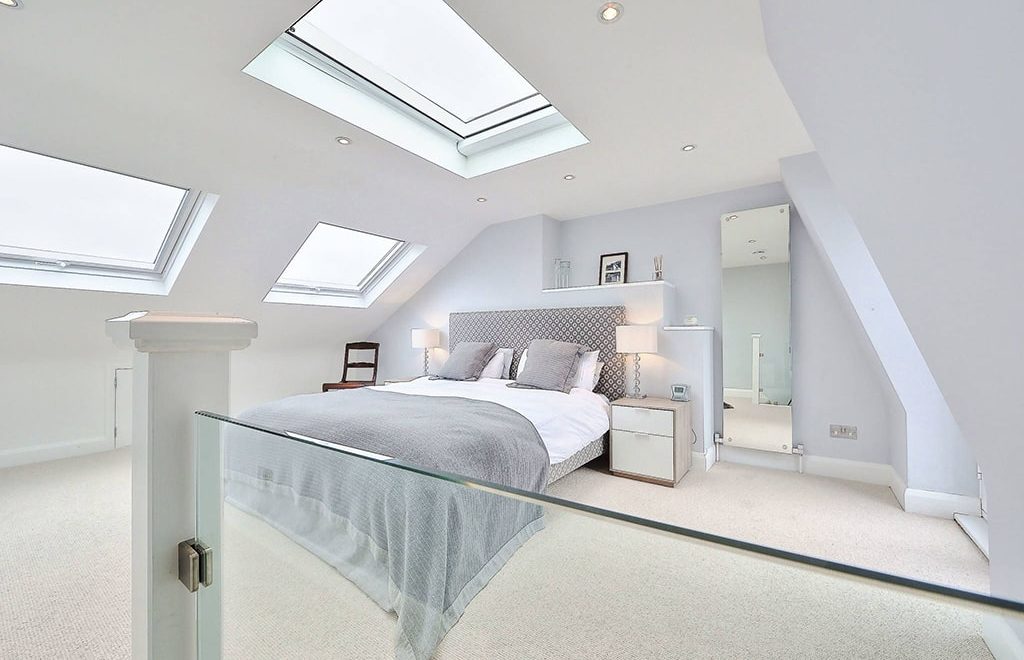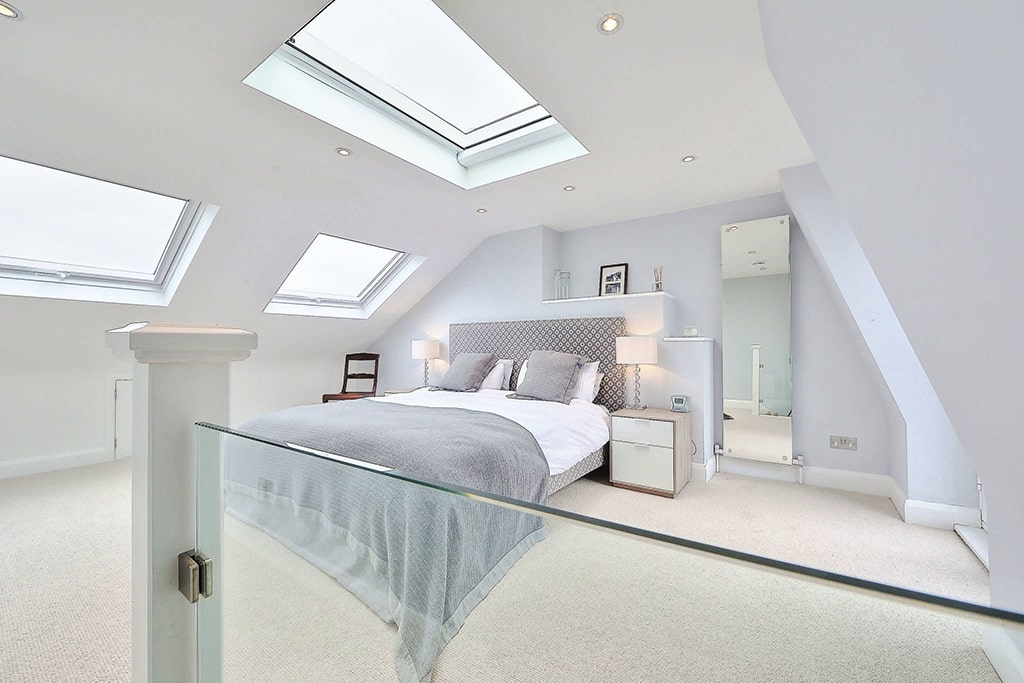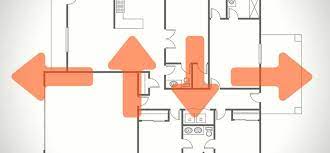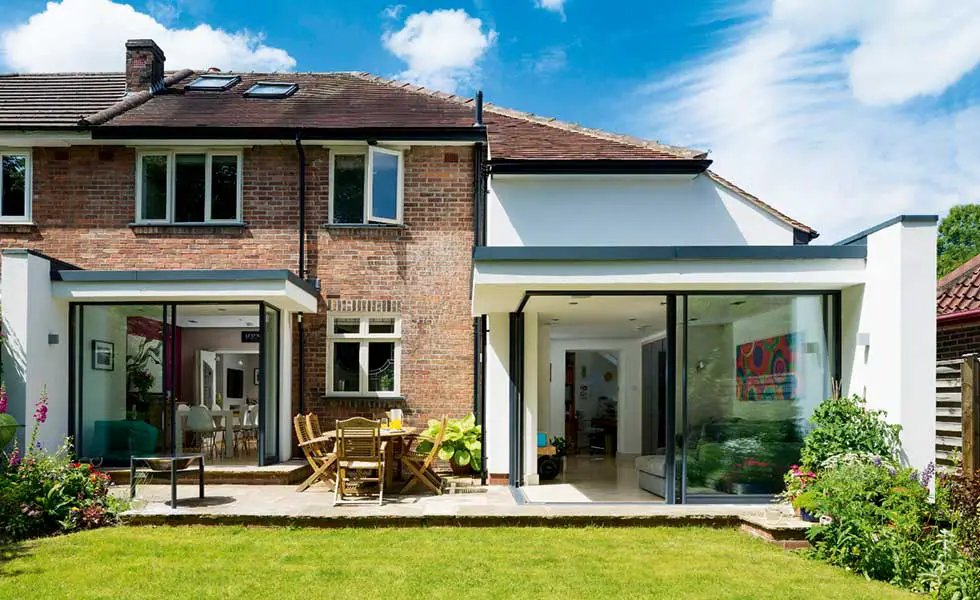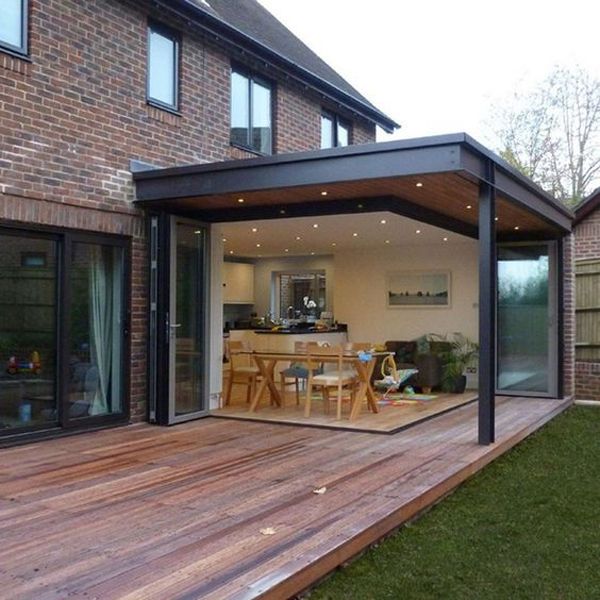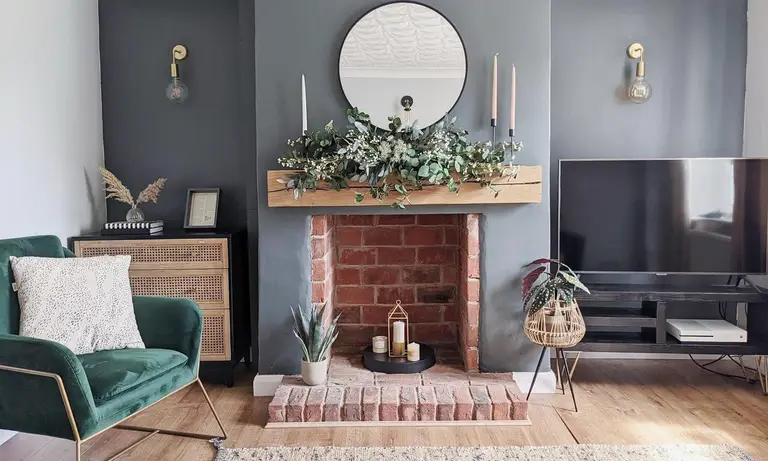Architectural Styles in the UK: A Journey Through Time
Firstly, the United Kingdom is a treasure trove of architectural diversity. With its rich history spanning centuries and influences from various cultures. From the iconic half-timbered Tudor structures to the sleek lines of Modernist designs, the architectural landscape of the UK tells a captivating story of cultural evolution and artistic innovation. In this blog, we’ll explore and explain some of the most prominent architectural styles found throughout the UK. Including Tudor, Georgian, Victorian, and Modernist architecture. We’ll delve into their characteristics, historical significance, and showcase notable examples that continue to leave an indelible mark on the landscape.
Tudor Architecture
Tudor architecture represents a distinctive and charming style that emerged during the 15th and 16th centuries. Particularly under the reign of the Tudor monarchs. Its most notable characteristics include exposed wooden beams, intricate half-timbered exteriors, and steeply pitched roofs. Tudor architecture often features ornate, leaded glass windows and asymmetrical facades.
Notable Example: Hampton Court Palace, located in London, is a splendid representation of Tudor architecture. Its stunning red-brick façade, impressive chimneys, and picturesque gardens make it a true gem of this era.
Georgian Architecture
Georgian architecture, named after the four King Georges who ruled the UK from 1714 to 1830. It is characterized by its grandeur and symmetry. This style emphasizes classical elements, including columns, pilasters, and Palladian windows. Georgian buildings are often constructed from brick or stone and feature elegant, uniform facades.
Notable Example: The Royal Crescent in Bath is an exquisite illustration of Georgian architecture. This semicircular row of townhouses, designed by John Wood the Younger, showcases the period’s signature elements. Such as its harmonious facade and the extensive use of Bath stone.
Victorian Architecture
Victorian architecture, which encompasses the reign of Queen Victoria from 1837 to 1901, is a diverse style known for its romantic, ornate, and eclectic features. It’s often categorized into several sub-styles, including Gothic Revival, Italianate, and Queen Anne. Furthermore, common traits include decorative details, multi-colored brickwork, steep gables, and intricate ironwork.
Notable Example: The St. Pancras Renaissance Hotel in London, designed by Sir George Gilbert Scott, is a prime example of Victorian Gothic Revival architecture. Its grandeur and the stunning redbrick facade are breathtaking.
Modernist Architecture
In the 20th century, the UK saw the emergence of Modernist architecture, characterized by minimalism, clean lines, and an emphasis on functionality. This style often incorporates materials like glass, steel, and concrete. Modernist buildings seek to break from traditional forms and celebrate the use of space and light.
Notable Example: The Bauhaus Building in Dessau, Germany, designed by Walter Gropius, was a pivotal influence on Modernist architecture in the UK. The Isokon Building in London, designed by Wells Coates, is a prominent British example of this style.
In addition, each of these architectural styles has left an indelible mark on the UK’s landscape. Shaping the nation’s urban and rural environments. The UK’s rich architectural history serves as a testament to the evolution of design, culture, and societal values over the centuries.
As you explore the United Kingdom, keep an eye out for these architectural gems that showcase the beauty and diversity of the country’s built heritage. Whether you’re wandering through the cobbled streets of a Tudor village or marveling at the sleek lines of a Modernist masterpiece. The architecture of the UK will undoubtedly leave you in awe of its historical significance and timeless beauty.
